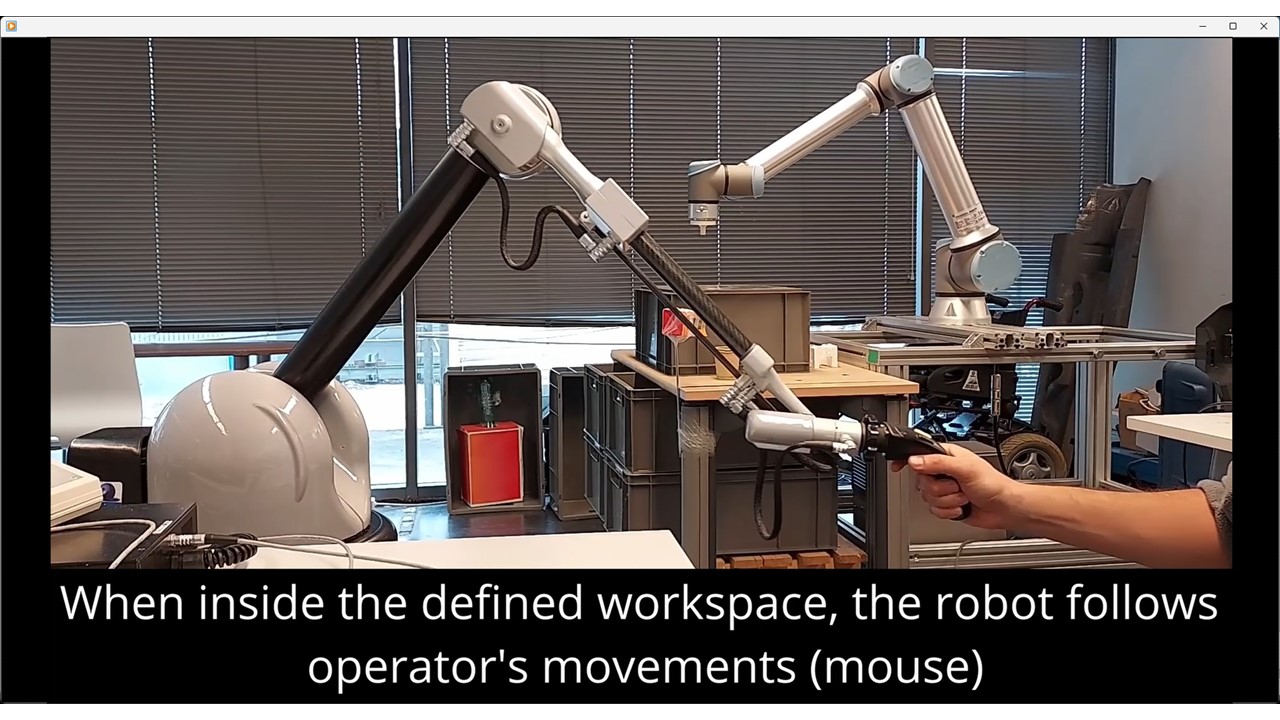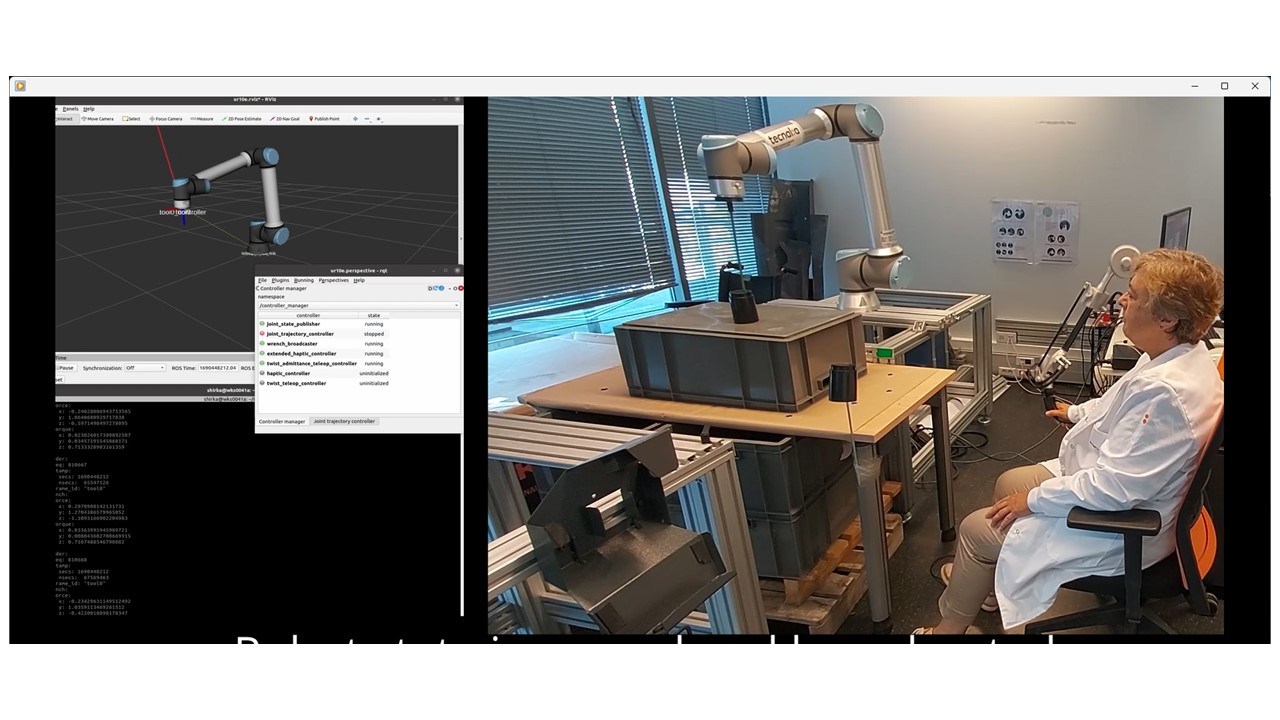
Manual disassembly of electric vehicle batteries can pose a significant risk to the health and safety of workers involved in the process, due to the chemical and energetic nature of these components. Lithium-ion batteries, commonly used in electric vehicles, contain hazardous materials such as lithium and cobalt, which can release toxic substances if mishandled or in the event of a leak. However, automating at least part of the battery disassembly process can be a key strategy for improving both occupational safety and efficiency. Software and robots designed for this task must handle batteries with precision, maintaining constant temperature and voltage control, and guiding the operator through each step to prevent human error that could lead to short circuits or fires. Automation also enables the standardization of processes, ensuring greater consistency in the quality of disassembly and battery recycling, which is crucial in an industry where demand and the need for sustainability are increasing.
Given that each type of battery in electric vehicles has variations in design, chemical composition, and internal architecture, the use of machine learning techniques that can quickly adapt to new configurations is essential. This approach allows automated systems to "learn" to identify the specific characteristics of each battery with just a few demonstrations, which is critical for accelerating disassembly and recycling processes without sacrificing safety or precision. Few-shot learning techniques are particularly valuable in this context. These techniques enable machine learning models to recognize and adapt procedures for new batteries without the need to collect large amounts of specific data for each type of battery, which would be time-consuming and costly. Through a small set of representative examples, these models can identify patterns and learn to manipulate each type of battery with a level of precision and safety that equals or even surpasses traditional manual disassembly. Furthermore, having these intelligent systems makes the process more flexible and sustainable, reducing both adaptation times for new batteries and the exposure of workers to potential risks.

In SMARTHANDLE, we propose that the knowledge necessary for battery disassembly be transferred to the robot through teleoperation, collecting just a few demonstrations. This approach significantly reduces the data collection phase for automating the chosen subtasks, avoiding operator fatigue, and allowing the system to be quickly trained if a new type of battery enters the disassembly line. The demonstrations performed through teleoperation, allow the operator to maintain a safe distance from the battery, reducing the risks of exposure to hazardous materials or electrical discharges. This method also offers the advantage of directly recording and storing tasks in the robot's system, eliminating the need for complex movement conversions or "embodiment mapping" adjustments. This ensures that the robot executes the task with precision and repeatability, just as demonstrated by the operator, and facilitates a rapid and safe transition to automation of disassembly for different types of batteries, optimizing both safety and efficiency in the process.
As the demand for electric vehicles continues to grow, the need for efficient and safe battery disassembly processes becomes increasingly important. By leveraging machine learning techniques, we can create a future where battery disassembly is not only safer and more efficient, but also more sustainable. By reducing the risks associated with manual disassembly and increasing the speed and accuracy of the process, we can help drive the adoption of electric vehicles and pave the way for a cleaner, more environmentally friendly transportation sector. The future of battery disassembly is bright, and with the right technologies and approaches, we can make it a safer, more efficient, and more sustainable reality.